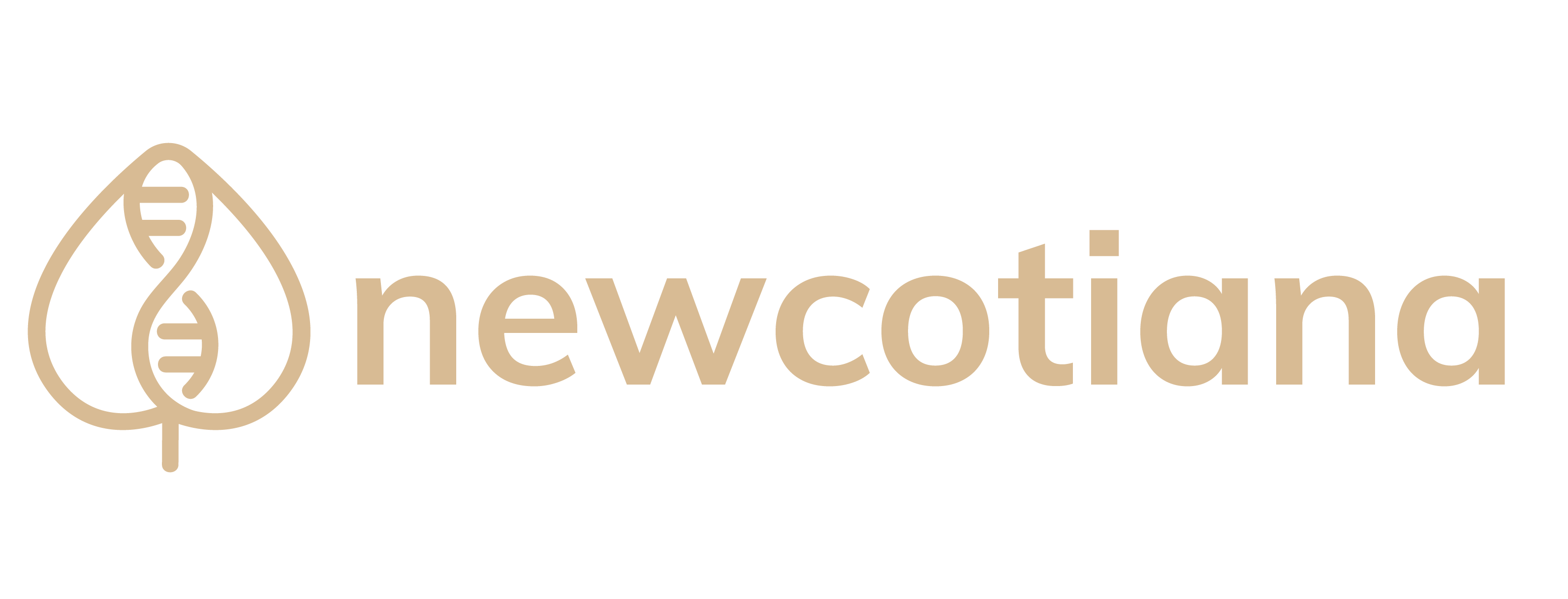Molecular Farming is the discipline that promotes the use of crops as biofactories for high value bioproducts by means of biotechnology. The conversion of non-food crops into efficient biofactories for this purpose, is envisioned as an efficient solution in a modern bioeconomy, and at the same time as a sustainable strategy to foster rural development.
A number of intrinsic physiological features of plants, including their vast (bio) production capacity, their eukaryotic cellular organization, the lack of adventitious infectious agents affecting mammals and the ease of agronomic scaling, are important considerations that help to place plant biofactories at the forefront of biomolecule production systems in the bioeconomy. The bioproduction capacity of plants can be directed towards the production of either recombinant proteins or small metabolites. In the case of small metabolites the engineering approach consists in diverting plant´s metabolic fluxes to the production of small molecules with added value (e.eg. drugs, additives, antioxidants, etc.). This approach is also known as plant metabolic engineering. Plant metabolic repertoire is among the richest in the biosphere, and this tells about the adequacy of plant cells as biofactory of metabolites.
Plant biofactories are also expanding their share as part of the recombinant protein industry . In 1997, the first plant-derived recombinant protein was commercialized. This protein was the chicken avidin produced in maize by ProdiGene for its use in diagnosis. The same year, Chong and colleagues achieved the expression of recombinant human milk casein in potato plants. Other types of proteins such as amylases, phytases and hydrolases are also produced in transgenic plants and they are currently used in the industry.
One of the most recent breakthroughs in molecular farming was the production of ELELYSOÒ (taliglucerase alfa) in carrot cells, which is used in enzyme replacement therapy to treat adult patients with Gaucher disease (Protalix BioTherapeutics, Israel). The taliglucerase alfa is the first example of a plant-made therapeutic protein for human use approved by the FDA in 2012. LeafBio, the commercial arm of Mapp Biopharmaceutical Inc., announced in 2015 that the U.S. Food and Drug Administration (FDA) has granted ZMapp ‘Fast Track’ designation for the treatment of the Ebola virus disease. Fast track designation is granted to drugs that the FDA determines have the potential to address an unmet medical need, based on non-clinical or clinical data. Plant-derived-pharmaceutical products have attracted great interest over the past years due to its high demand for clinical applications increasing over the past years.
However, to date, with few exceptions, biotechnological production has been dominated by microbial systems and mammalian cell cultures. The reasons are found in two mutually connected aspects. One is the technical difficulty involving the introduction (selection) of precise genetic modifications in plants compared to microorganisms and cell cultures, a difficulty that is amplified in Europe by the strict regulation of genetically modified organisms. A second factor, which is in some ways synergistic with the former is the lack of specialized plant biofactory platforms. The concentration of biotechnology efforts in a few specialized organisms was critical in the successful development of microbial and mammalian biofactories in the past. Rather than developing single-use characteristics and/or tools for each biofactory species, real progress was made by concentrating efforts in a single chassis, feeding a virtuous cycle of tool development and functional discovery. A predominant example in this direction is the bacteria Escherichia coli, which concentrates more than 40 years of research efforts in the industrial and academic sectors This has resulted in endless adaptations and improvements in E. coli´s chassis (low recombination, reduced proteolysis, viral susceptibility, etc.), that have made E. coli the bacteria of choice for bio-production. Similarly, optimization of standard platforms in different phyla, such as Pichia pastoris, Saccharomyces cerevisiae (yeasts) or the Chinese Hamster Ovary (CHO) cell line (mammalian cells) has enabled the identification of functional clues to improve the quality and yield of bio-products. These clues, once decrypted, can be easily transferred to more specialized organisms, but to do so, previous specialized focus is essential.
Until recently, no model plant species was set for the optimization of plant bio-production. Instead, the circa 20 years history of molecular farming was characterized by the scattered choice of numerous platform species from edible crops to industrial or minority crops. The NEWCOTIANA consortium was created through a consensus that the most efficient way to achieve a qualitative leap in the field of Molecular Farming is to favour the concentration of efforts in key plant species, and to undertake a concerted and accelerated “repurposing” breeding directed at the development of multipurpose plant biofactories based on those selected genomes. We are convinced that the solanaceous plant species within the genus Nicotiana, specifically Nicotiana tabacum (cultivated tobacco) and Nicotiana benthamiana (Australian dwarf tobacco), are currently the most appropriate “chassis” to be used as broad Molecular Farming platforms.

